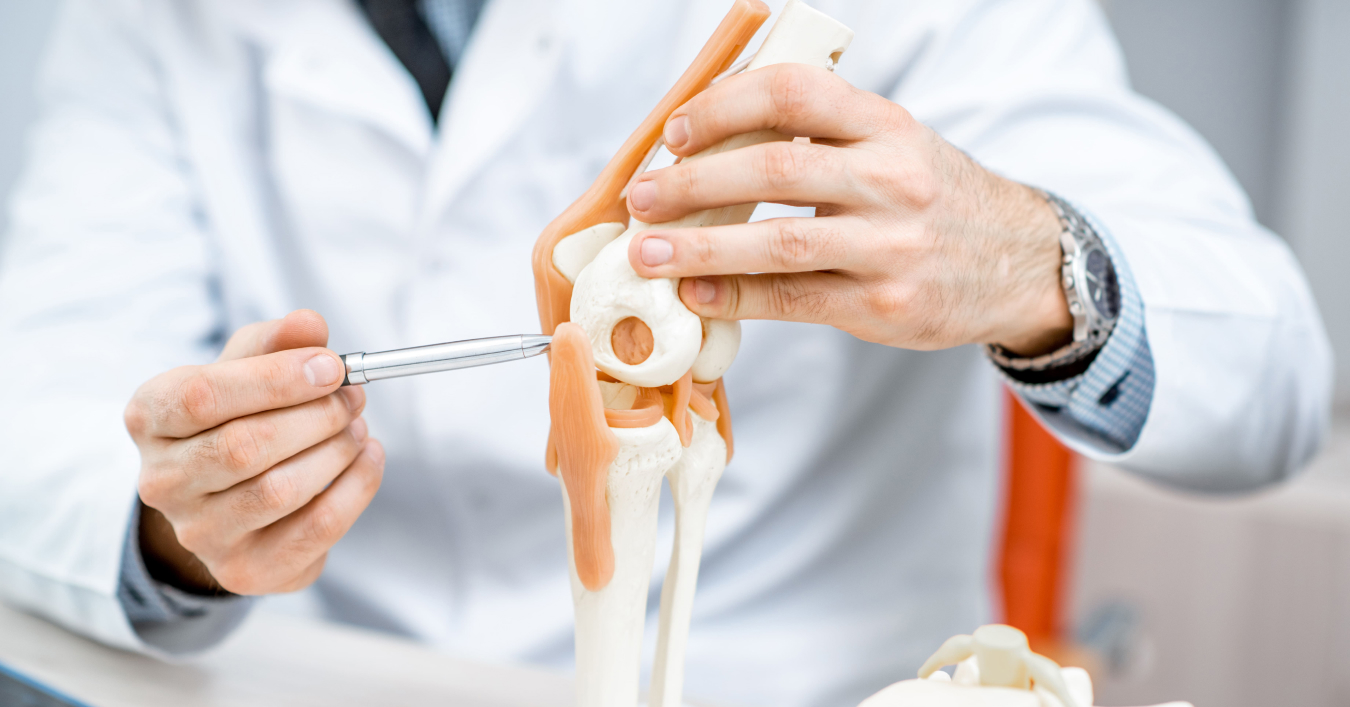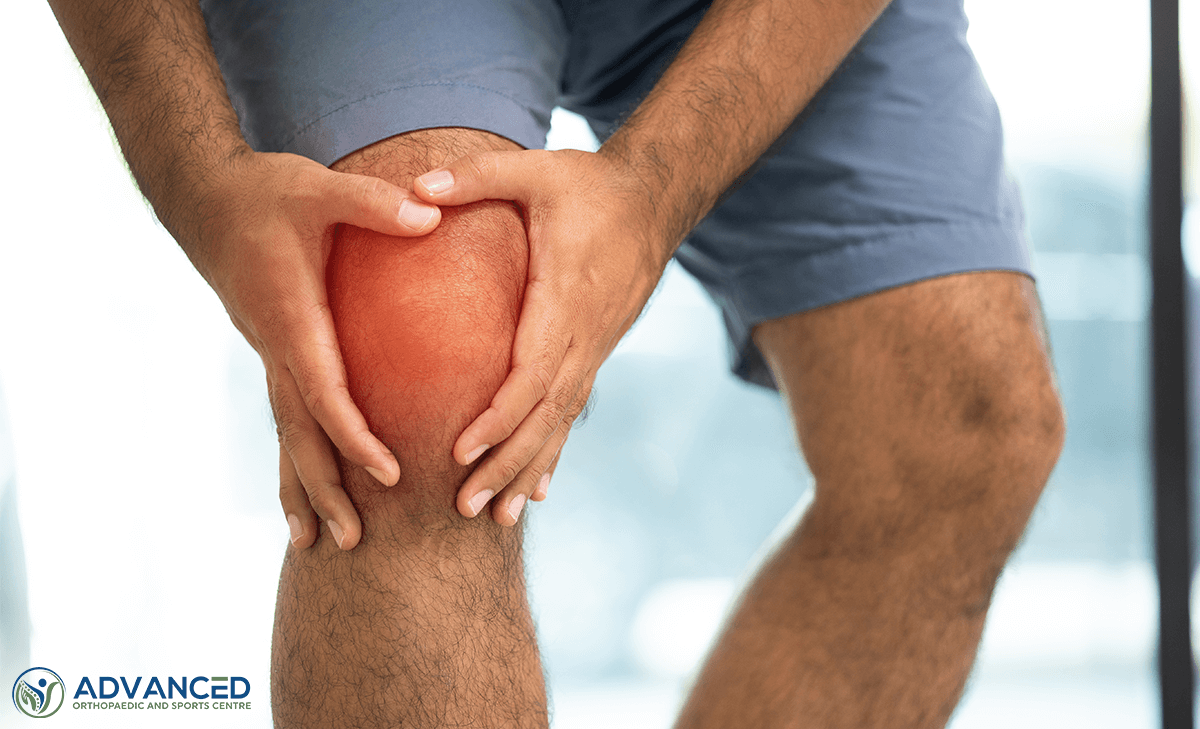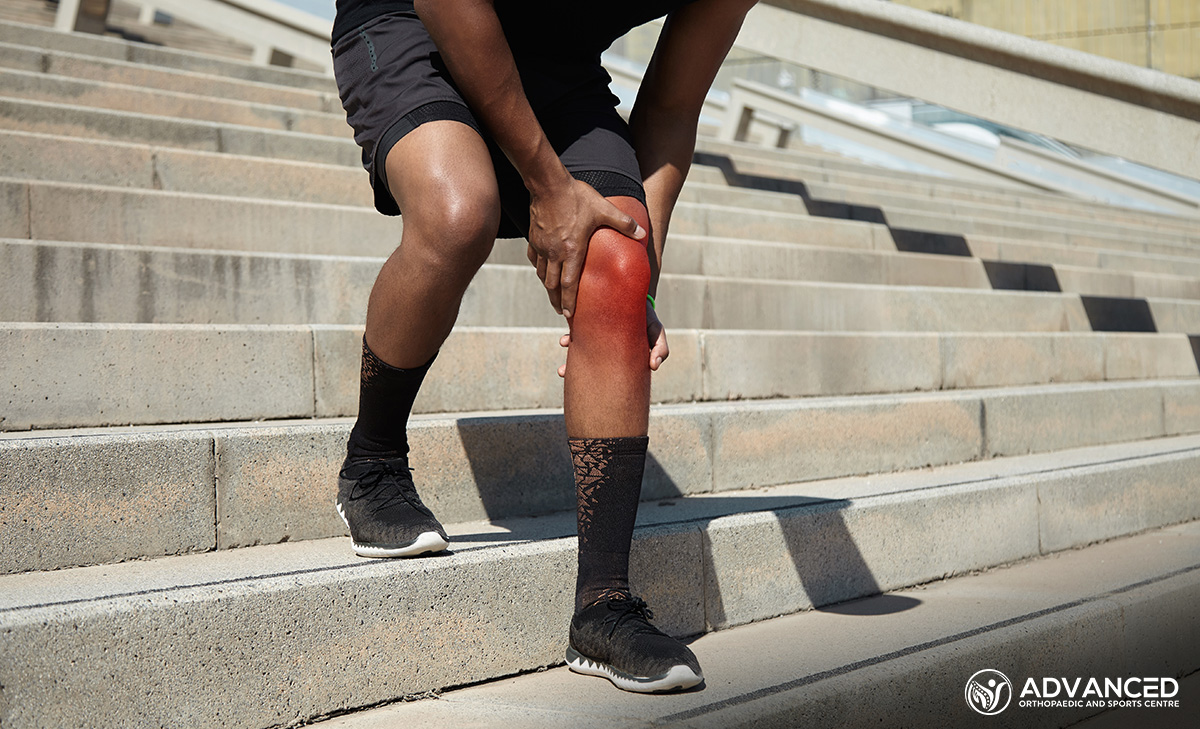Introduction to Knee Cartilage Repair
Knee cartilage repair aims to restore the function and integrity of damaged cartilage within the knee joint. Cartilage is a vital tissue that cushions the ends of bones, enabling smooth joint movement.
Damage to this tissue can lead to pain, swelling, and reduced mobility. The surgery involves various procedures tailored to the severity and type of cartilage injury.
Causes and Symptoms of Cartilage Damage in the Knee
Cartilage damage in the knee can stem from various factors, leading to discomfort and impaired joint function.
Causes of Cartilage Damage
- Direct impact or trauma to the knee, such as falls or sports injuries, can significantly damage the cartilage.
- Wear and tear over time, commonly associated with ageing, gradually deteriorates the cartilage.
- Joint infections that infiltrate the knee can directly damage the cartilage tissue.
- Certain medical conditions, including osteoarthritis and rheumatoid arthritis, contribute to the breakdown of cartilage.
Symptoms of Cartilage Damage
- Pain in the knee, especially when bearing weight or moving the joint, often indicates cartilage damage.
- Swelling or stiffness in the knee joint can be caused by inflamed or injured cartilage.
- A decreased range of motion in the knee may result from the pain and swelling associated with cartilage damage.
Types of Knee Cartilage Repair
These techniques are selected based on the damage’s extent, location, and the patient’s overall health and activity level. Common types of knee cartilage repair include:
Microfracture Surgery
This involves creating small holes in the bone beneath the damaged cartilage to stimulate the growth of new cartilage.
Autologous Chondrocyte Implantation (ACI)
Requires two surgeries: the first to harvest cartilage cells and the second to implant the cultured cells into the damaged area.
Osteochondral Autograft Transplantation
Small plugs of healthy cartilage and underlying bone are transferred from one part of the knee to the damaged area.
Osteochondral Allograft Transplantation
Similar to autograft transplantation, the cartilage and bone tissue are sourced from a donor.
Matrix-Assisted Chondrocyte Implantation (MACI)
An advanced form of ACI that uses a scaffold to support the growth of the implanted cells on the damaged cartilage area.
Indications for Knee Cartilage Repair
Indications for knee cartilage repair are specific conditions or symptoms that suggest the need for surgical intervention to restore cartilage integrity. This decision is typically based on a combination of clinical evaluation and imaging studies. Key indications include:
- Persistent knee pain that interferes with daily activities and does not respond to conservative treatments such as physical therapy or medication.
- Significant cartilage loss or damage is revealed through imaging techniques like MRI and is linked to symptoms like pain, swelling, and reduced joint mobility.
- Mechanical symptoms in the knee joint, such as locking or catching, suggest loose or damaged cartilage fragments.
- Younger patients with a single, well-defined cartilage defect may benefit more from repair procedures to prevent further joint deterioration.
- Active people or athletes seeking to return to high levels of physical activity may require cartilage repair to sustain their activity levels without pain or limitation.
Pre-Operative Considerations
Pre-operative considerations ensure patients are ready for knee cartilage repair, aiming to optimise outcomes and minimise risks. This involves a multi-faceted approach:
Patient Evaluation
This involves assessing overall health and the extent of cartilage damage through physical exams and imaging.
Risk Assessment
Identifying potential surgery and anaesthesia risks and evaluating the patient’s post-operative rehabilitation compliance.
Surgical Planning
Choosing the repair technique based on defect specifics and discussing possible additional procedures for knee stability.
Patient Preparation
Providing pre-surgery instructions, including fasting and medication management, and setting post-operative recovery expectations.
The Knee Cartilage Repair Procedure
The knee cartilage repair procedure varies depending on the chosen technique but generally follows a structured approach to restore cartilage integrity and function:
Preparation and Anaesthesia
The patient is prepared for surgery, which includes administering anaesthesia to ensure comfort during the procedure.
Accessing the Knee Joint
A common and minimally invasive technique called arthroscopy is used. Small incisions are made through which surgical instruments and a camera are inserted.
Repairing the Cartilage
The specific steps of cartilage repair depend on the method selected:
- Microfracture Surgery: Small holes are drilled in the bone beneath the damaged cartilage to stimulate new cartilage growth.
- Autologous Chondrocyte Implantation (ACI): Cartilage cells harvested earlier are implanted into the defect.
- Osteochondral Transplantation: Healthy cartilage (and bone) from another area or a donor is transplanted to the damaged site.
- Matrix-Assisted Chondrocyte Implantation (MACI): Cartilage cells are implanted directly into the cartilage defect on a scaffold material.
Closing the Incisions and Post-Operative Care
The incisions are closed with stitches or staples, and the knee is bandaged. Immediate post-operative care includes pain management and the initiation of rehabilitation to promote healing and restore knee function.
Recovery and Rehabilitation
Recovery and rehabilitation are key for the success of knee cartilage repair, focusing on restoring knee function and reducing the risk of future damage.
- Immediate Post-Operative Care: Pain and swelling are managed with medications, ice, and elevation. Mobility aids like crutches or a knee brace may be used to limit weight on the knee.
- Rehabilitation Program: Physical therapy starts early, targeting flexibility, strength, and knee function, progressively adjusting exercises to encourage return to daily activities.
- Long-Term Care and Monitoring: Follow-ups ensure healing and adapt rehabilitation as needed.
- Return to Activities: Light activities may resume within months; however, full recovery and return to strenuous activities can take a year or more, depending on the person’s progress and the repair method used.
Conclusion
Knee cartilage repair offers a promising option for people suffering from cartilage damage, aiming to alleviate pain and restore joint function. The choice of repair technique with a comprehensive recovery and rehabilitation plan can contribute to achieving optimal outcomes.




